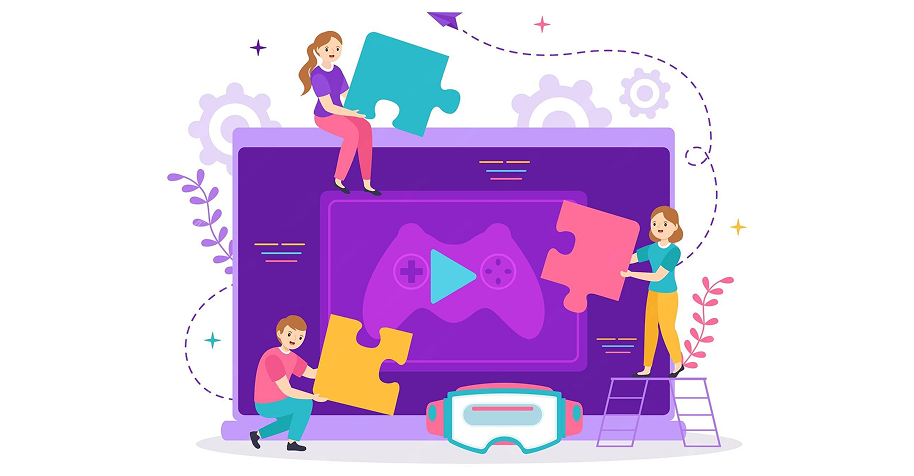
I didn’t expect to learn anything from a free browser game. I just needed a five-minute break between meetings. But somewhere between level one and level five, I realized I was being taught a masterclass in UI flow.
It wasn’t flashy. There were no onboarding tutorials, no walkthrough videos, no “pro tips.” Yet somehow, I never got lost. Never questioned what to click. Never hesitated.
As someone who works with development teams building web interfaces, I knew what that meant: Good UX isn’t always something you notice, it’s something you never have to think about.
Most UIs Try to Do Too Much
When we build software, we try to impress.
- Animations
- Features
- Tooltips
- Walkthroughs
- Micro-interactions
Puzzle games, especially well-designed browser-based ones, strip all that away. Their goal is not to teach, but to let you learn by doing.
This reminded me of a principle I often forget: The best user flows are quiet. Invisible. Confident.
What Puzzle Games Nail That Apps Often Miss
Clarity Over Cleverness
In games, the core loop is everything. You’re given one input, one challenge, one outcome.
Good games don’t hide what they want you to do. They don’t layer multiple CTAs.
They say: here’s the path. Try it.
Too many web apps confuse this. We crowd users with multiple routes on the homepage login, learn more, sign up, read testimonials, all competing for attention. But clarity builds trust. Games get that right.
Immediate Feedback
Click a tile. Something happens. Slide a piece. Get visual confirmation. No loading wheel. No refresh. Puzzle games reward micro-decisions with immediate visual cues.
In software, this maps directly to how we handle toggles, filters, and drag-and-drop components. If a user moves something and doesn’t see feedback, they assume it didn’t work. Trust erodes.
Failure as Onboarding
Most puzzle games don’t teach you how to play. They throw you in. You fail. You try again. You learn the system by interacting with it. And you want to try again because the loop is intuitive.
Compare that to typical onboarding: popups, tooltips, overlays. We treat users like they need hand-holding. Games treat users like they’re capable. Turns out, they are.
Where I Found the Best UX Lessons
Not all games are built the same. But some platforms clearly prioritize flow over flash. One standout during my test sessions: Arkadium, where I ended up exploring dozens of free online games to play now.
Why it stood out:
- No login walls
- No endless loading
- Just clean, playable layouts that respected my time
For developers and UI designers, spending time with platforms like these isn’t just a break it’s research.
Also Read: Casino Game Development Company in India
What Developers Can Learn from Puzzle Game Mechanics
1. Keep Entry Points Obvious
Your user shouldn’t have to think about where to start.
2. Let Users Explore
Design flows that teach through interaction, not explanation.
3. Feedback is Non-Negotiable
If an action doesn’t get acknowledged, it never happened.
4. Reward Small Actions
Use progress bars, animations, subtle confirmations. They matter.
5. Trust the User
Just like in games, they’ll figure it out if you don’t overcomplicate things.
Also Read: Best Rust Game Engine For Game Development in 2025
Why This Matters Beyond Gaming
Most users today don’t read FAQs. They won’t finish your how-to video. If your product’s UI doesn’t speak for itself, you’ve already lost. Puzzle games reminded me that design isn’t about showing off. It’s about staying out of the user’s way. You don’t need bells, whistles, or walk-throughs. You just need flow.
Final Takeaway
Next time you’re stuck on a UI decision, don’t open Figma. Open a puzzle game. Notice how it guides without effort. It lets you fail without judgment. How it makes complexity feel like play. Because the best interface isn’t the one that explains, it’s the one you already know how to use.






